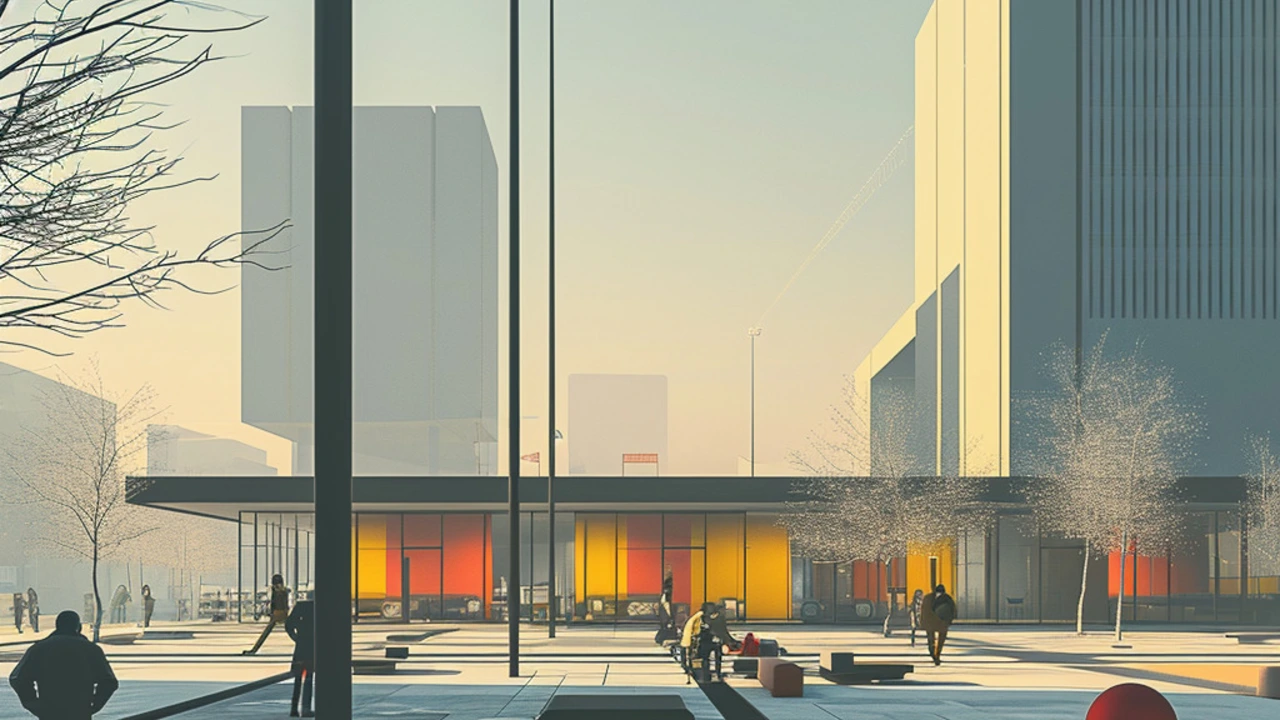Design Innovation: Ideas That Actually Change How We Live
Design trends born a century ago still run the objects we touch every day—from chairs to smartphone apps. If you want practical design innovation, study how movements like Bauhaus, De Stijl, and Futurism solved real problems and then copied those solutions into daily life.
Bauhaus taught us to strip extra parts and focus on use. A simple rule: ask what task the object must do, then remove anything that doesn't help. Try this in your next project: list three core functions, then cut one decorative feature for each function. That makes things more useful and easier to make.
De Stijl and Constructivism gave us rules for balance and clarity. Use grids, strong contrasts, and consistent spacing to guide attention. On a webpage or poster, set a grid first. Arrange elements to follow that grid and your layout will look professional without extra effort.
Futurism and smart-city ideas push design toward speed, data, and connections. Think beyond shape—design for systems. For example, when planning a public bench, imagine its life: maintenance, weather, and how people move around it. Simple materials plus modular parts save money and make upgrades easier.
Land Art and installation practice remind designers to respect context. A park piece should respond to the land, sunlight, and local habits. Ask neighbors one question: where do people actually walk now? Design paths to match behavior, not ideal maps someone drew in an office.
Avant-garde moves—Fluxus or Primitivism—encourage play and surprise. Add one unexpected moment to your design: a bold color, an interactive sound, or a movable element. Small shocks make spaces memorable.
Practical steps to apply design innovation today:
- Start with a clear problem statement: what are you solving and for whom?
- Use prototypes: a paper mockup or a simple build will reveal mistakes fast.
- Test with real people in real settings, not just friends or colleagues.
- Choose materials and tech that can be repaired or upgraded.
Look at modern examples: minimalist furniture inspired by Bauhaus still sells because it fits real homes. Photorealism and installation art influence retail displays and VR experiences by showing how strong visuals drive engagement. Urban planners borrow Land Art to green cities and reduce heat islands.
Want a quick project? Re-design a small corner of your home. Pick one function—reading, working, or relaxing. Remove anything that doesn't help that function. Introduce one touch of character: a poster, a lamp, or a plant placed where it works best. Test it for a week and note what you change.
Design innovation isn't about being new for the sake of new. It's about answering needs with better ideas—sometimes old movements hold the best answers. Study the past, map real user behavior, prototype fast, and add a surprise. That process turns good concepts into places and products people use and remember.
Explore the articles here on Paul Artistry to see specific case studies, step-by-step guides, and artist interviews that make design innovation easy to copy at home. Start small, test often, and keep improving as you go now.

